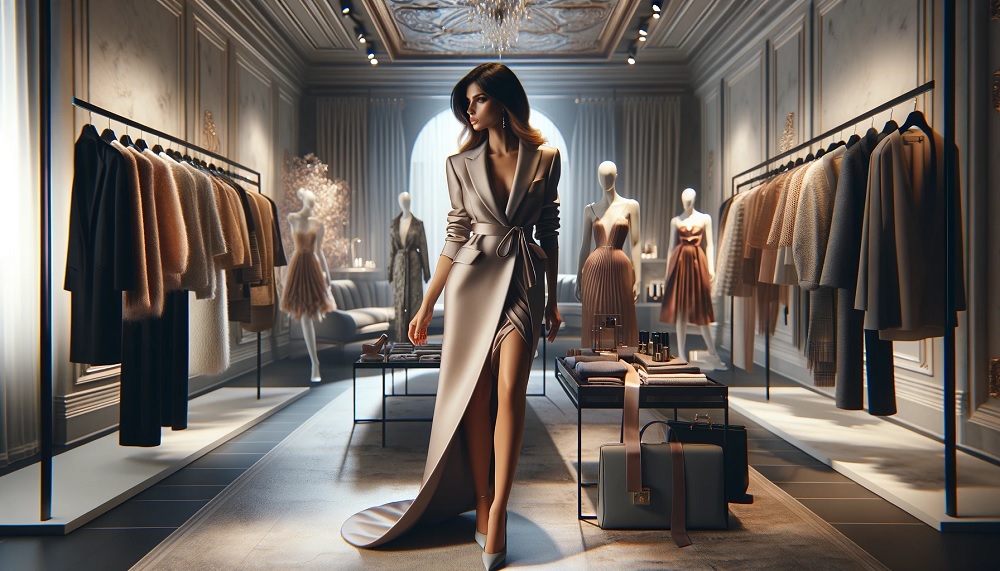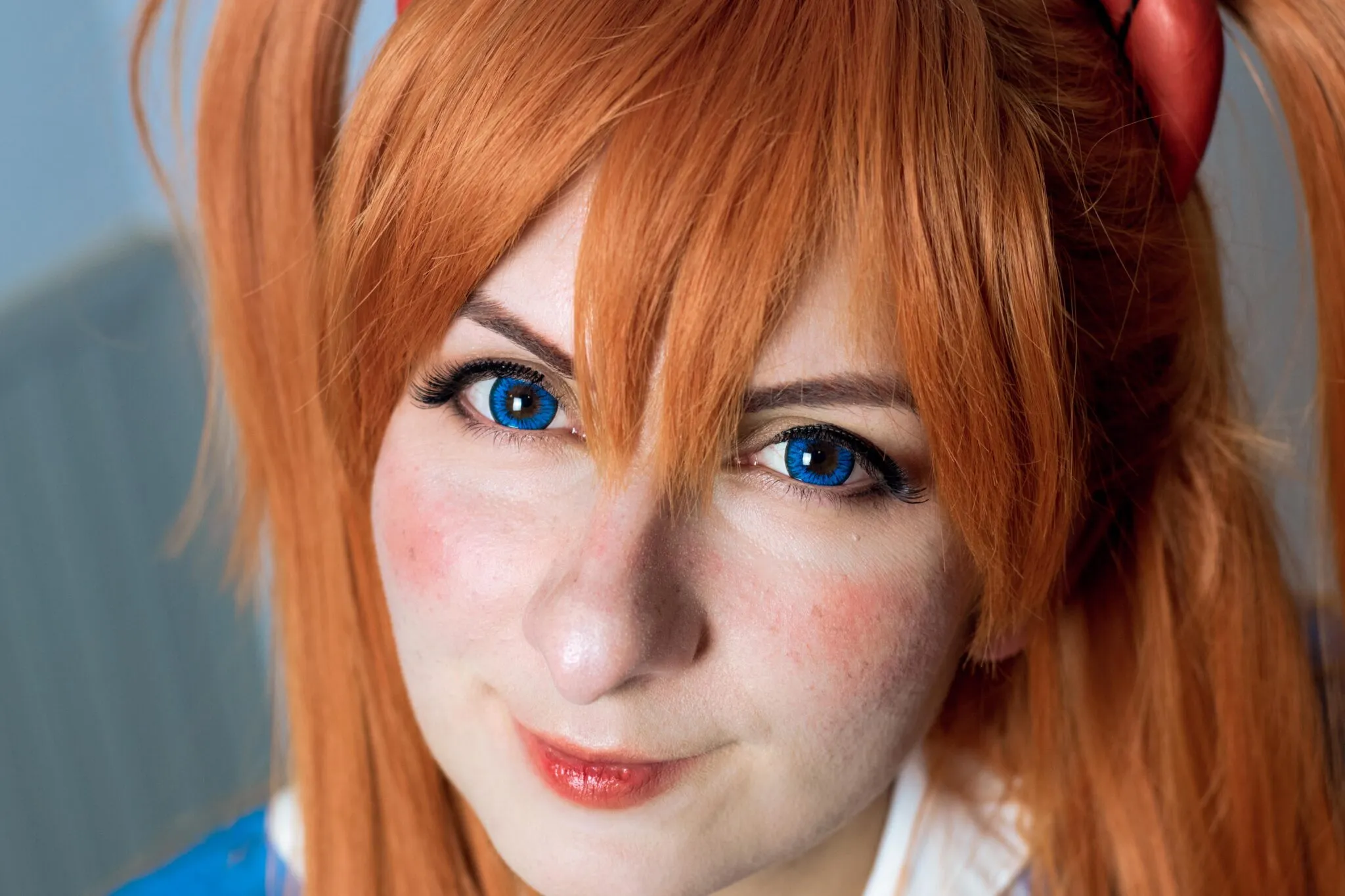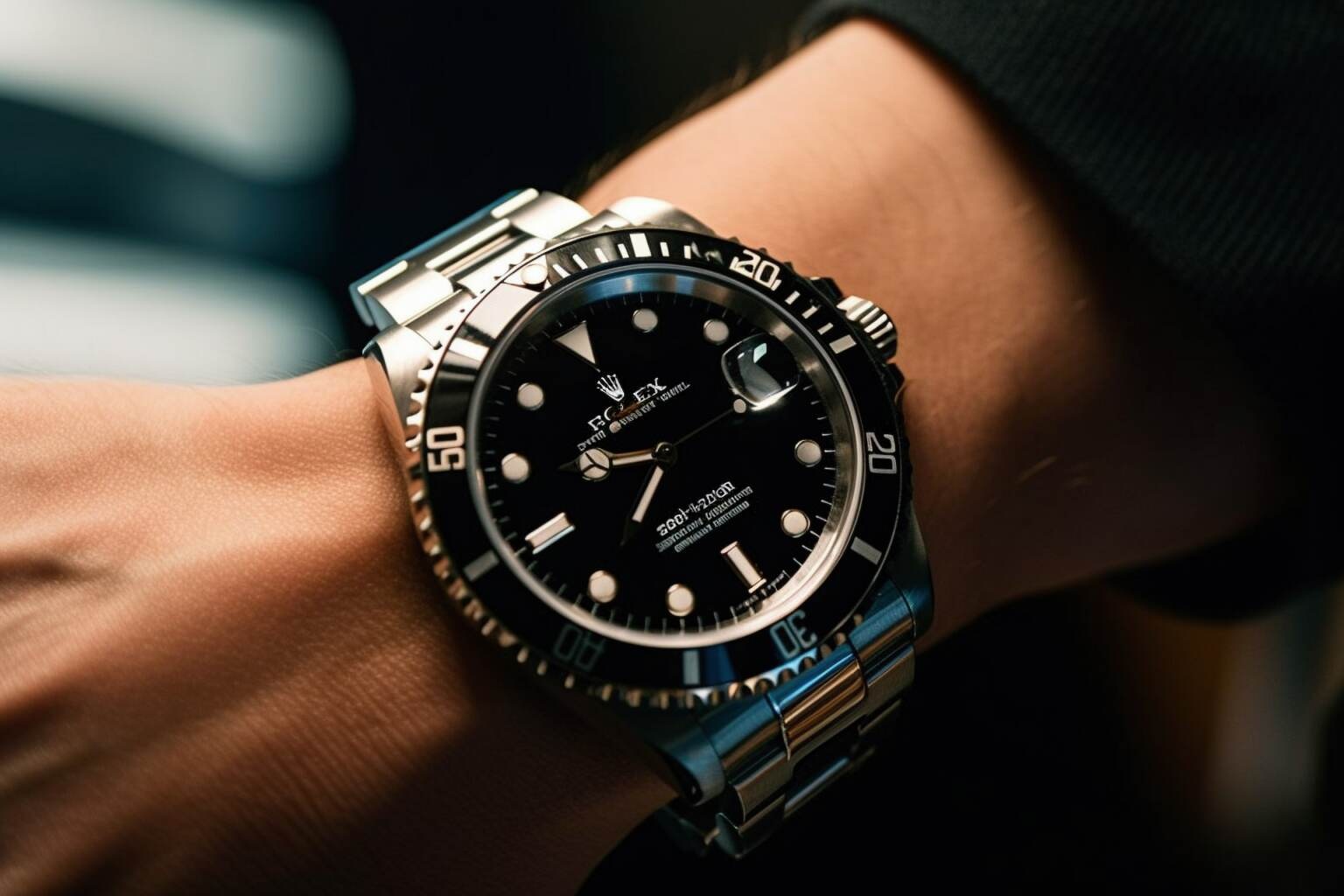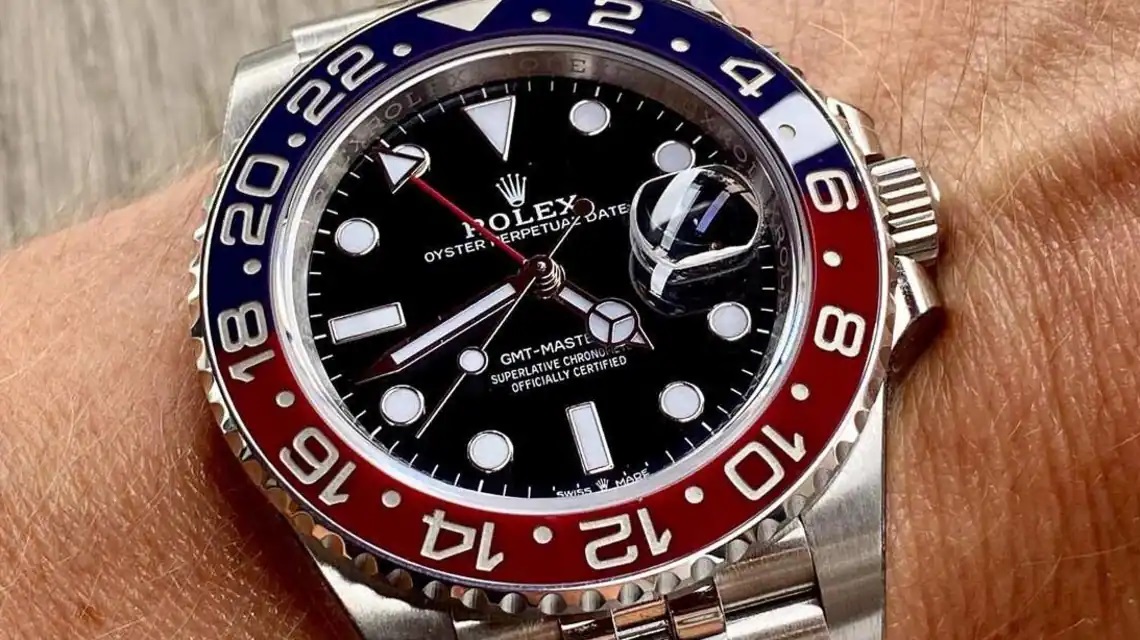Imagine you’re at a designer runway show, where the first model steps out wearing a striking outfit that’s the color of the setting sun. This scene isn’t merely about aesthetics; it reflects society, culture, and the power of high fashion. The world of women’s designer clothing is a revolving door of trends, each a product of influences from various facets of life. It’s fascinating how high fashion shapes and is shaped by societal changes. Stay with us as we dissect this intricate world of women’s designer clothing; you’ll appreciate that vibrant outfit in a new light.
Establishing Fashion Trends
Delving into the world of fashion trends, high fashion designers like Chanel, Versace, and Gucci are instrumental in shaping the landscape of women’s designer clothing. These luxury fashion houses don’t simply respond to consumer demand; they dictate it. Their runway shows during fashion weeks in Paris, Milan, and New York are more than just glamorous events; they are trend-setting platforms where the future of fashion is showcased and determined.
In an era dominated by social media, the influence of these designers extends far beyond the runway. Celebrities and influencers clad in couture post photos on Instagram and Twitter, amplifying the reach of these fashion trends. It’s a dynamic, interactive space where designers, celebrities, and consumers engage in an ongoing dialogue that shapes the fashion narrative.
But it’s not all top-down. Influential fashion magazines like Vogue and Harper’s Bazaar curate and interpret these trends, making them more accessible to mainstream consumers. Trend forecasting agencies like WGSN and Fashion Snoops analyze the data, predicting what’s next.
Ultimately, establishing fashion trends is a complex, collaborative process where high fashion meets consumer demand, and social media plays a pivotal role.
Life Cycle of Fashion Trends
In the pulsating world of women’s designer clothing, understanding the life cycle of fashion trends—a cycle marked by introduction, rise, peak, decline, and obsolescence—becomes a pivotal compass for steering the ever-changing landscape. The life cycle of fashion trends provides a roadmap for designers and consumers, assisting in anticipating changes and navigating industry dynamics.
- Introduction: This is when a new trend in women’s designer clothing is born, often influenced by pop culture, social conditions, or industry innovations.
- Rise: The trend gains traction, driven by consumer preferences and industry promotion.
- Peak: The trend reaches its zenith, commanding widespread popularity and market presence.
Post-peak, the trend begins to decline, gradually losing its luster as new trends emerge and consumer preferences shift. Finally, the trend reaches obsolescence—it’s no longer in demand, allowing fresh trends to be introduced. Remember, trends often resurface, adding another layer to the cycle’s complexity. By understanding this life cycle, you can appreciate the fluidity of fashion trends and the dynamism of the women’s designer clothing industry.
Responding to Consumer Expectations
Your expectations as a consumer are shaping the high fashion landscape. You push designers to deliver exclusive, luxurious, innovative designs catering to a niche market. You’ve become an influential force, guiding luxury brands towards sustainability and inclusivity. These brands embrace diversity and commit to transparency in their operations.
Your demand for ethical sourcing and environmentally friendly practices has spurred a revolution in design and production. Additionally, the drive for inclusivity has led to a broader representation across all facets of fashion. Designers aren’t merely paying lip service but actively promoting varied models and sizes.
Furthermore, your desire for personalized experiences has prompted these brands to deliver individualized, unique, and memorable interactions. Brands leverage your feedback to craft experiences that resonate with you, enhancing your connection with their collections.
Digital Advancements in Shopping
While your expectations have been steering high fashion towards greater inclusivity, it’s also important to note how digital advancements redefine your shopping experiences. Fast fashion brands quickly adapt to these changes, providing you with unique digital fashion experiences.
- Augmented Reality Technology: This technology is no longer just a gimmick. It’s transforming how you shop. Brands like H&M and Burberry are leveraging it to provide immersive shopping experiences where you can virtually try on clothes, accessories, and makeup.
- Virtual Try-On Feature: Brands like Prada offer a virtual try-on feature for their accessories. This feature lets you see how a product looks on you without physically trying it on, providing you with a convenient and safe shopping experience.
- Paying More for Augmented Reality: According to a Deloitte report, you’re willing to pay more for products and services incorporating augmented reality. This shows how much you value this tech-driven shopping experience.
Impact of Influencer Culture
The seismic wave of influencer culture has dramatically altered the fashion landscape, with social media darlings now wielding significant clout in driving trends and sales in women’s designer clothing. You’ve likely noticed that it’s not just about runway models anymore. Influencer culture has made high fashion more accessible and relatable, allowing you to explore and engage with high-end brands.
Social media influencers shape your preferences, subtly steering you towards certain brands and styles. They’re not just advertising—they provide a personal, authentic engagement that traditional marketing can’t match. When you see that influencer you follow donning the latest designer outfit, you’re more likely to contemplate it yourself.
Brands have noticed this shift, too. They’re partnering with influencers to reach you and resonate with your tastes and desires. The result? An exciting, vibrant fashion industry that’s not just about dictating trends but about understanding and responding to your preferences. This evolution blurs the lines between advertising and personal recommendations, reshaping how you discover and purchase designer clothing. It’s a brave, new, influencer-driven world, and you’re at the heart of it.
Emergence of Sustainable Fashion
Increasingly, you’re witnessing a remarkable shift in the fashion industry towards sustainable fashion, emphasizing ethical and eco-friendly practices in producing designer clothing. A growing interest in mindful consumerism drives this movement, a trend transforming the face of women’s high fashion.
- Sustainable fashion is gaining traction, with brands adopting ethical production methods to reduce their environmental footprint. You’re seeing a surge in the use of sustainable materials, which reduces waste and contributes to the longevity of the clothes.
- Second-hand markets are thriving, fueling the circular economy and offering a second life to pre-loved items. Thrift stores and online resale platforms are becoming go-to places for fashion-forward consumers who prioritize sustainability.
- The rise in sustainable fashion sales indicates a shift in consumer preference. With its detrimental environmental impact, fast fashion is losing its appeal to the eco-conscious shopper.
This shift underlines that consumers are not passive recipients of fashion trends but active participants in shaping the industry. This transformation towards sustainable fashion reflects a collective desire for ethical, eco-friendly practices, signaling a more conscious and responsible future for high fashion.
Future Prospects in the Fashion Industry
Gazing ahead, you’ll find significant opportunities in the fashion industry, forecasted to grow at a CAGR of 4.3% from 2021 to 2028. The prospects are vast and varied, with sustainability, emerging markets, technology integration, and influencer marketing at the helm of this evolution.
The burgeoning middle classes of emerging markets like China and India are driving growth and innovation. As you navigate these markets, remember that a commitment to sustainability is no longer optional. It’s a mandate driven by a conscious consumer base demanding ethical practices and eco-friendly materials.
Technology integration is revolutionizing industry operations and consumer experiences. You’ll see more virtual reality fitting rooms and AI-driven shopping experiences, offering unparalleled personalization.
Influencer marketing isn’t going anywhere, either. Instagram’s grip on fashion trends and consumer behavior isn’t loosening; it’s tightening. Influencers are a potent conduit between brands and their audiences, shaping perceptions and swaying purchases.
Conclusion
As you’ve journeyed through high fashion catwalks, you’ve witnessed its evolution, like a butterfly emerging from its cocoon. Once cocooned in exclusivity, the industry unfurls its wings of diversity and digital innovation, fluttering towards a more inclusive, sustainable future. You’ve seen its metamorphosis, fueled by consumer demands and social media influences, reshaping women’s designer clothing trends. So, embrace these changes, for they are proof of fashion’s empowering role in society.





